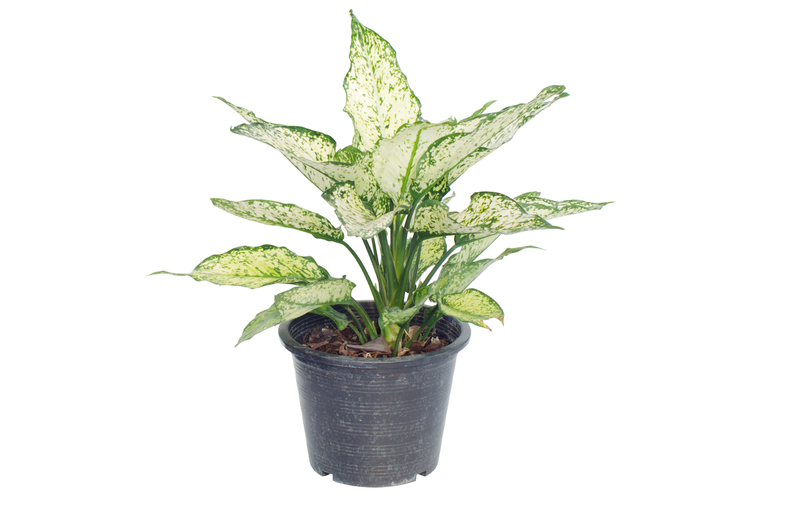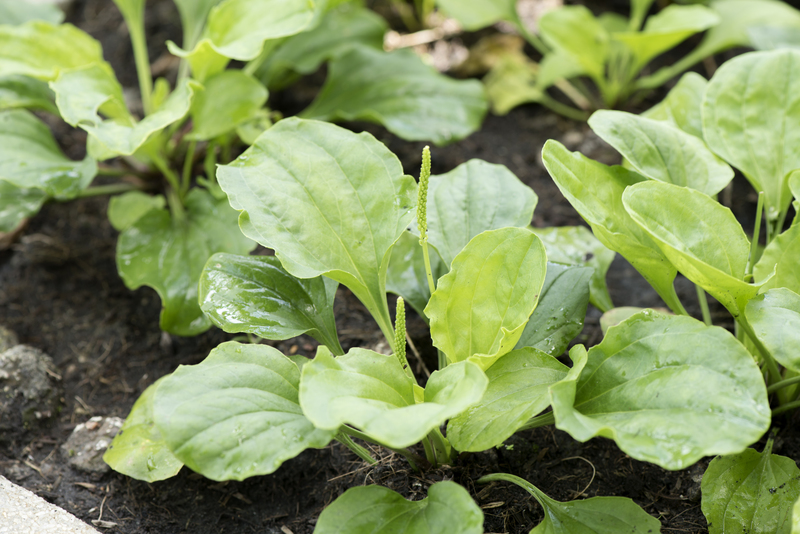Backyard Gardening: Best Fruits and Vegetables
Posted on 14/04/2025
Backyard gardening is not only a rewarding hobby but also a practical way to produce fresh, healthy food right at your doorstep. Whether you have a spacious yard or a compact urban space, you can grow a variety of fruits and vegetables that suit your needs. In this article, we will delve into some of the best fruits and vegetables to grow in your backyard along with tips, pros, cons, and key takeaways.
Top Fruits for Backyard Gardening
Strawberries
Strawberries are a fantastic choice for backyard gardens due to their relatively small size and high yield. They thrive in well-drained soil and need about 6-8 hours of sunlight daily. Plant them in early spring to harvest from late May to early June.
Blueberries
Blueberries are another great option, especially because they can be grown in containers if your space is limited. They require acidic soil (pH 4.5-5.5) and about 6 hours of sunlight. A bonus is their beautiful foliage and flowers that can add aesthetic value to your garden.
Tomatoes
Although technically a fruit, tomatoes are generally considered vegetables in culinary contexts. They are versatile garden plants that can be grown in the ground, in containers, or even upside-down. They need a lot of sun, ideally 8 hours a day, and well-drained soil.

Top Vegetables for Backyard Gardening
Carrots
Carrots are root vegetables that require loose, sandy soil to grow optimally. They need full sun and should be planted in early spring. They are easy to grow and perfect for beginners.
Spinach
Spinach is a leafy green that grows well in cooler climates. Sow seeds in early spring or late summer for a fall harvest. Spinach is packed with nutrients and can be harvested multiple times.
Peppers
Peppers, whether sweet or hot, are a fantastic addition to any garden. They need plenty of sunlight and well-drained soil. Start seeds indoors 8-10 weeks before the last frost date and transplant outside once the soil is warm.
Tips for Successful Backyard Gardening
- Soil Preparation: Ensure your soil is well-drained and rich in organic matter. You can improve soil quality by adding compost or organic mulch.
- Watering: Consistent watering is key. Water your plants early in the morning to minimize evaporation and use mulch to retain moisture.
- Sunlight: Most fruits and vegetables need at least 6-8 hours of sunlight. Observe your garden space to find the optimal location for planting.
- Plant Rotation: Rotate your crops each year to avoid soil depletion and reduce the risk of pests and diseases.
- Companion Planting: Some plants grow better together. For example, tomatoes and basil or carrots and onions can help each other by repelling pests and improving growth.
Pros and Cons of Backyard Gardening
Pros
- Fresh Produce: Enjoy the taste of freshly harvested fruits and vegetables.
- Cost-Effective: Save money on groceries by growing your own food.
- Environmental Benefits: Reduce your carbon footprint by cutting down on the need for transportation and packaging of store-bought produce.
- Exercise: Gardening is a great form of physical activity, promoting overall health and well-being.
Cons
- Time-Consuming: Gardening requires consistent time and effort for planting, watering, and maintenance.
- Initial Costs: The startup costs for seeds, soil, and gardening tools can be significant.
- Pests and Diseases: Plants can be susceptible to various pests and diseases that require attention and sometimes intervention.
- Weather Dependency: Unfavorable weather conditions can impact the success of your garden.

Key Takeaways
- Choose fruits and vegetables that suit your climate and garden space.
- Proper soil preparation, adequate watering, and sufficient sunlight are essential for a thriving garden.
- Consider companion planting and crop rotation to optimize growth and minimize pests.
- Be aware of the pros and cons to ensure a balanced approach to backyard gardening.
Conclusion
Backyard gardening offers numerous benefits, from fresh, homegrown produce to physical and mental well-being. By selecting the right fruits and vegetables, preparing your soil, providing adequate care, and understanding the potential challenges, you can create a vibrant and productive garden. Start small, learn as you go, and enjoy the process of growing your own food.







